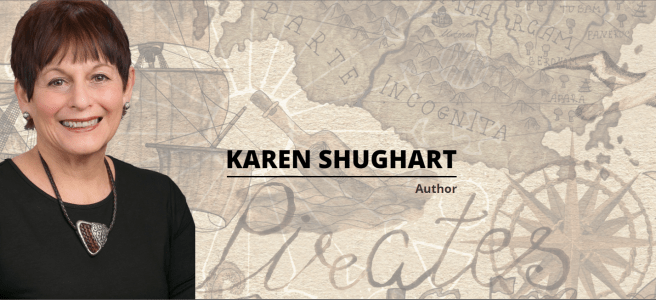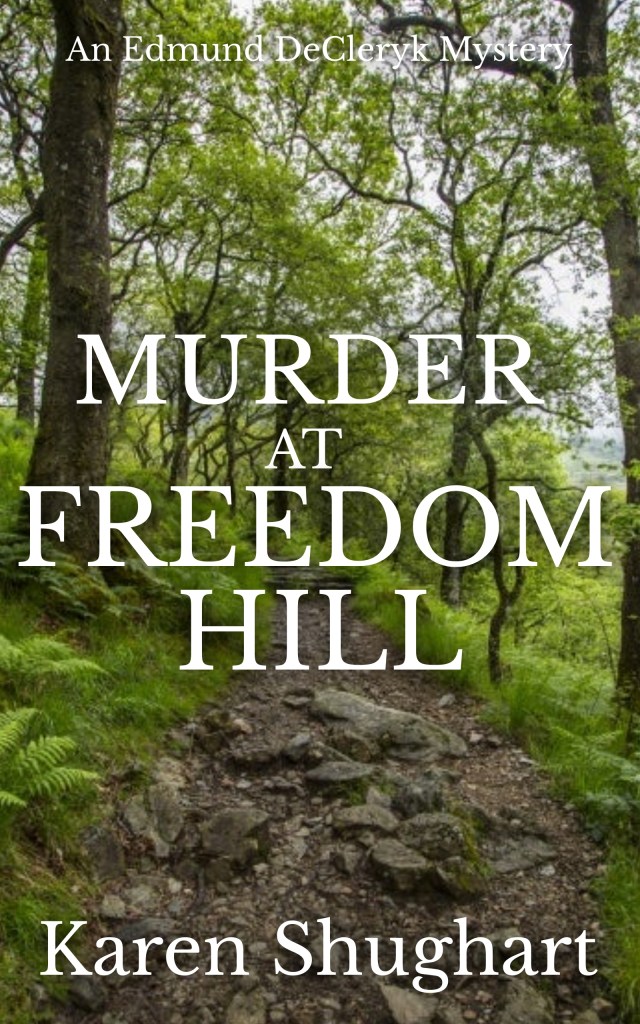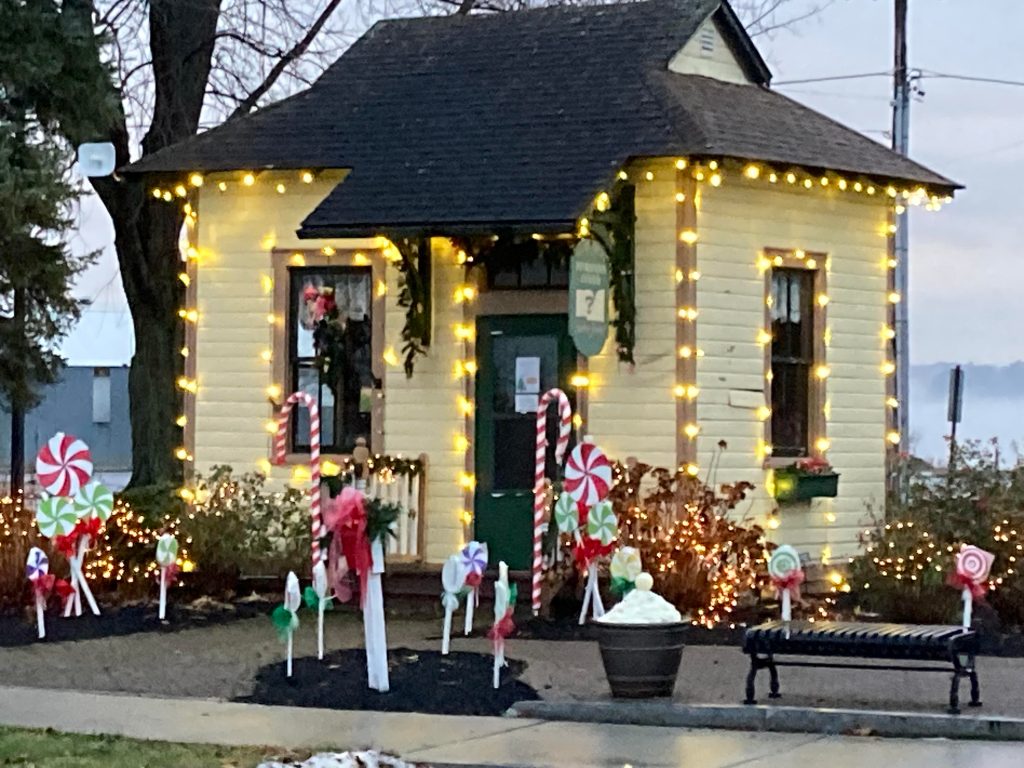THE BOOK THAT DIDN’T WRITE ITSELF
Some books almost write themselves. The plot sails along, the characters all interact as they should. Even the backdrop feels like it’s an impressionist painting that only needs a few brushstrokes to make it shine.
Book 3 of the Ghost Shop series wasn’t that book.
I had trouble finding a title, even though the theme was a haunted vineyard that wasn’t producing anything except anger and bad vibes. Compounding the problem, I wanted all books in the series to have titles starting with the letter T. After mentioning my dilemma to several people, two came up with the same suggestion: Tainted Legacy.
Still not completely sold, I used it as a working title I liked more as the plot struggled along, characters tripping over themselves and refusing to fall in line when I tried to take them in a certain direction, creating strange sidebars that, when I researched them, were grounded in reality.
I’d had a similar problem with book 2 of my Miami-based Swift/Roberts series. A group of friends became suspects of one kind or another in a cold case murder and kept squabbling like an unruly flock of geese, twittering songbirds or more likely, buzzards. I had a great deal of trouble reining them in. After opening one chapter in particular, I’d stare at it, then close it again without changing a word. Finally, with 4 drafts completed, the squabbling stopped and everything fell into place.
Tainted Legacy felt like a rerun with different players. Since I don’t outline my books, surprises are lifeblood for me. They fuel my imagination and reveal things about my characters I could never envision with the rational side of my brain. But when one of those characters presented me with a pivotal scene during what should have been the final 4th draft, I balked. That draft is supposed to be a read-through. An opportunity to catch those last few errors that typically occur, regardless how many times a manuscript is polished. I remained stuck, unable to work on the file for 2 weeks. My version of writer’s block. Something I had never experienced before.
Finally, I wrote The End, but was it? I hadn’t made any significant changes to that scene. It flowed too well. Now, I had to go back and read through the entire manuscript for a 5th time. If I changed my mind about that chapter, the entire storyline would have to be revised. The manuscript wouldn’t be ready for publication in time for a shipment of books to arrive before the Portland Holiday Market, the biggest show of the year for NIWA (Northwest Independent Writers Association,) and my unofficial book launch for Tainted Legacy.
I took a few deep breaths, got back in my office, and swiftly completed that 5th draft/read through. The plot worked. The character who had thrown that pivotal scene at me stood back and smirked. It had to be there. It complicates the relationships between the main protagonists when they should have cleared a major hurdle. It forebodes trouble of a possibly monumental degree in the books that follow.
This year, I’m planning to work on the 4th books in both my series. I have titles and rudimentary plots, big steps toward meeting that goal. Without encountering angry wine or squabbling teenagers, Maine Issues and Trick or Truth will both be available before the end of 2024.
Tainted Legacy
A barren vineyard in Dallas, Oregon. Two deaths. An unexpected heir who wants a quick sale. Is it a bargain, or an invitation to become entangled with the misfortunes of the Taricani family?
Sinister winery owner Vincente Valderos calls in psychic Sunny Weston and her partner, retired detective Ash Haines, to solve the mystery and save their souls…until the next time he summons them.
https://www.amazon.com/TAINTED-LEGACY-Ghost-Shop-Book/dp/B0CMCDCYP1
Heather Ames writes two mystery/suspense series, one with a paranormal twist, standalone suspense, romantic suspense, and short contemporary romances. When she’s not writing, she’s either thinking up new plots, traveling the world, or dreaming up new adventures.
Website:
https://heatherames.weebly.com
Amazon Author Page:
Social Media links:
https://www.facebook.com/p/Heather-Ames-Writer-100063683733057
https://www.facebook.com/heather.ames.75
https://www.instagram.com/bostonbrit1/?hl=en
https://www.goodreads.com/author/show/5367400.Heather_Ames











You must be logged in to post a comment.